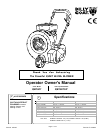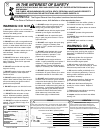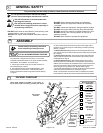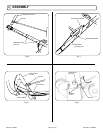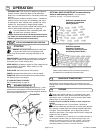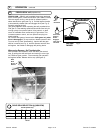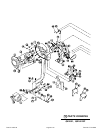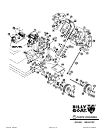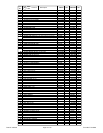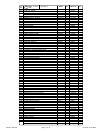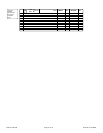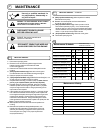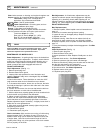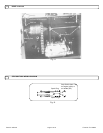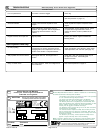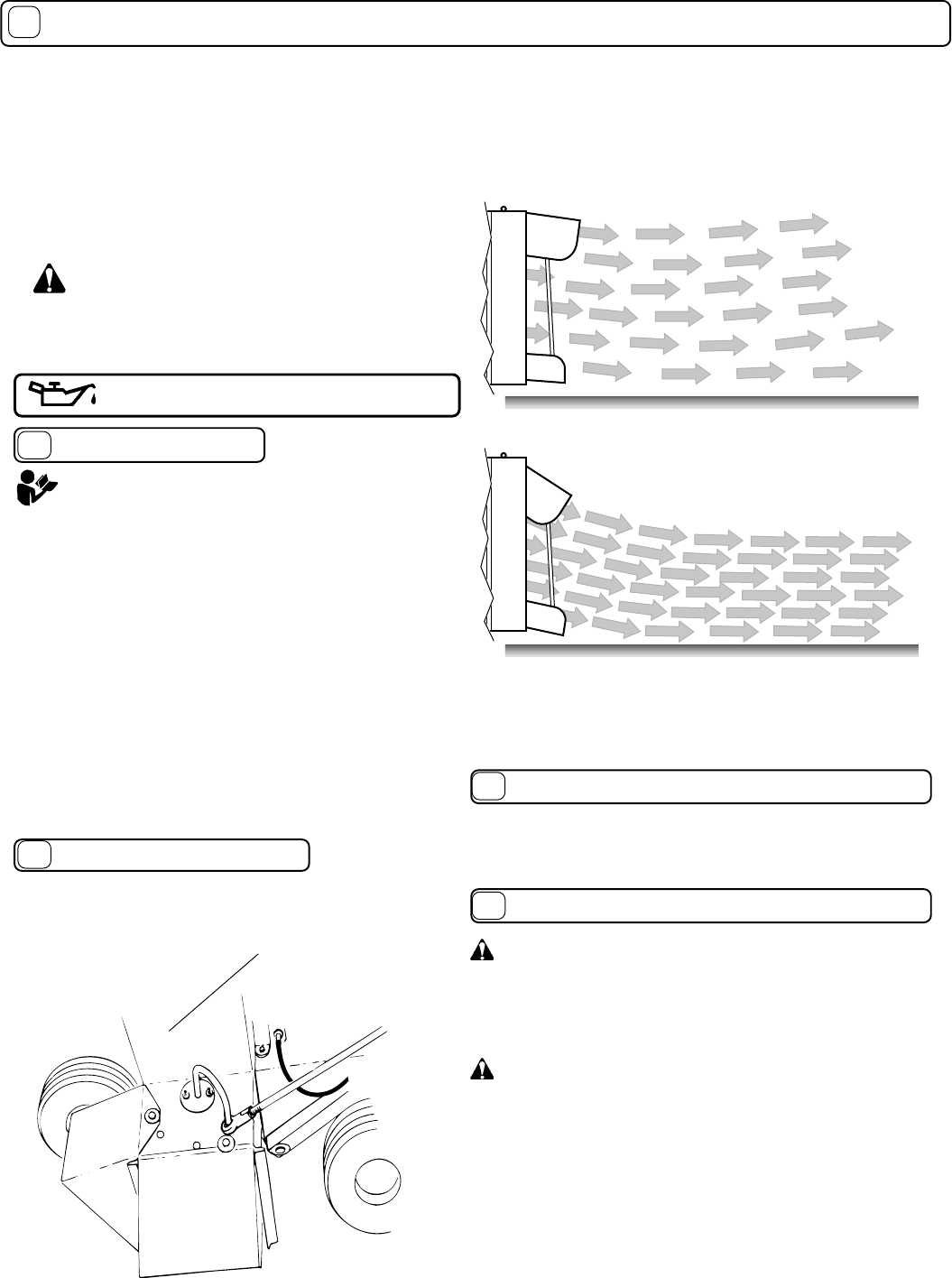
Part No. 430149 Form No. F121903A
ENGINE: See engine manufacturer’s instructions
for type and amount of oil and gasoline used.
Engine must be level when checking and filling oil and
gasoline.
ENGINE SPEED: Controlled by throttle lever on the handle.
Under normal conditions, operate at minimum throttle to
accomplish your current cleaning task.
STOP SWITCH: Located on engine for Push models and on
upper handle for SP models. Switch must be in "ON"
position to start engine.
FUEL VALVE: Move fuel valve to "ON" position.
CHOKE: Operated with choke lever on side of engine .
THROTTLE: Move remote throttle control to fast position.
Pull starting rope to start engine.
IF YOUR UNIT FAILS TO START:
See Troubleshooting on page 16.
Page 6 of 16
16
OPERATION
Fig. 1
INTENDED USE: This machine is designed for cleaning
outdoor surfaces, where the debris can be effectively
blown into a consolidated area for convenient pickup and
removal.
STARTING
16.1
Inspect machine work area and machine before operat-
ing. Make sure that all operators of this equipment are
trained in general machine use and safety.
PUT OIL IN ENGINE BEFORE STARTING
Like all mechanical tools, reasonable care must
be used when operating machine.
Do not operate if excessive vibration occurs. If excessive
vibration occurs, shut engine off immediately and check
for damaged or worn impeller, loose impeller bolt, loose
impeller key, loose engine or lodged foreign objects.
Note: See parts list for proper impeller bolt torque specifi-
cations. (See trouble shooting section on page 16).
Deflectors adjusted upward
increases air volume and
blowing distance.
Deflectors adjusted
downward increases air
velocity for cleaning crevices
and blowing heavier debris.
Fig. 2
Fig. 3
OPTIONAL GUST ADJUSTER KIT increases blowing
distance and blowing control. ( can be purchased
separately, see page 1 for optional accessories).
Debris in the air stream can be blown farther by adjusting
the deflectors in a consistent up-and-down motion.
BLOWING OPERATION
16.2
The diverter rod controls the closing (O) and opening ( I ) of the
exhaust outlet. Adjust diverter rod to side discharge for normal
blowing or to forward discharge for blowing along walls, fences or
hard-to-reach areas (see Fig. 1).
Move diverter rod to closed (O) position. Do not lift by hand. Use
loading ramps or other mechanical assistance. Secure in place during
transport.
16.4
HANDLING & TRANSPORTING:
Never store engine indoors or in enclosed poorly venti-
lated areas with fuel in tank, where fuel fumes may reach an
open flame, spark or pilot light, as on a furnace, water heater,
clothes dryer or other gas appliance.
If engine is to be unused for 30 days or more, prepare as
follows:
Be sure engine is cool. Do not smoke. Remove all
gasoline from carburetor and fuel tank to prevent gum deposits
from forming on these parts and causing possible malfunction
of engine. Drain fuel outdoors, into an approved container,
away from open flame. Run engine until fuel tank is empty and
engine runs out of gasoline.
16.5
STORAGE
NOTE: Fuel stabilizer (such as Sta-Bil) is an acceptable alternative in
minimizing the formation of fuel gum deposits during storage. Add
stabilizer to gasoline in fuel tank or storage container. Always follow
mix ratio found on stabilizer container. Run engine at least 10 min.
after adding stabilizer to allow it to reach the carburetor.
Diverter Rod



